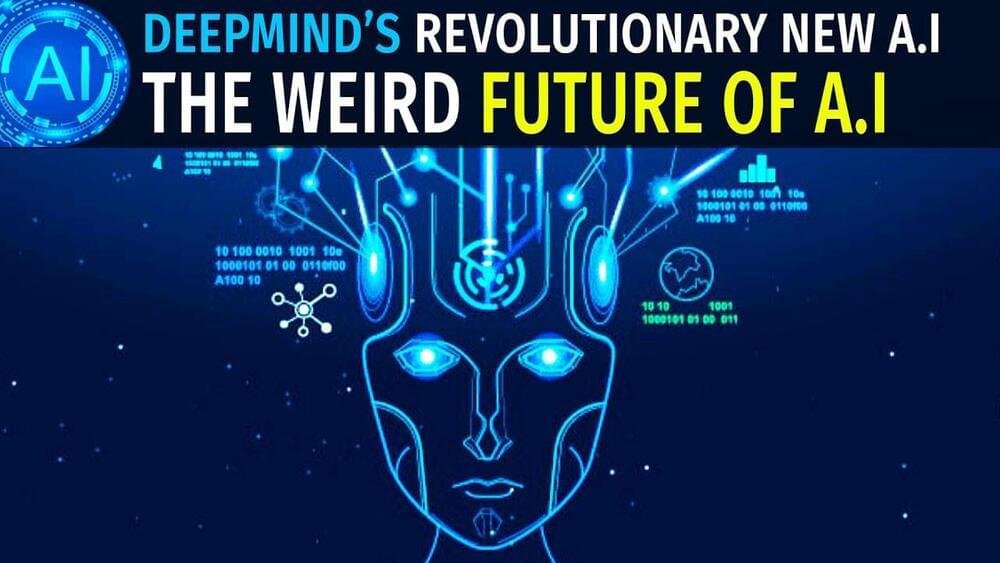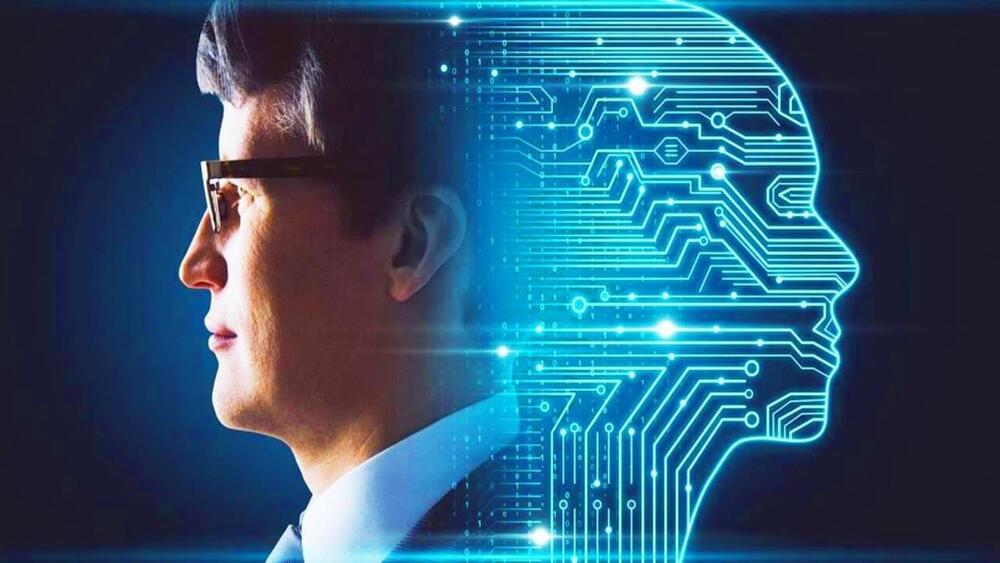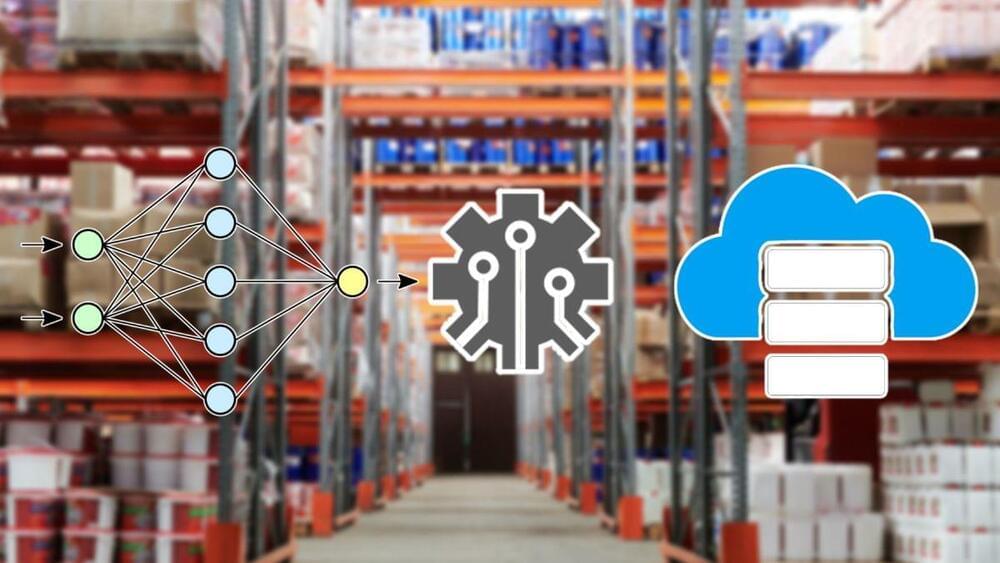Non-verbal social cues are key.
Robots are increasingly becoming common in everyday life but their communications skills still lag far behind. One key attribute that might really help robot-human interactions is if robots could learn to read and respond to human emotional cues.
In that case, they would be able to interfere when they are really needed and not disturb the rest of the time. Now, researchers at Franklin & Marshall College have been working on allowing socially assistive robots to process social cues given by humans and respond to them accordingly.









